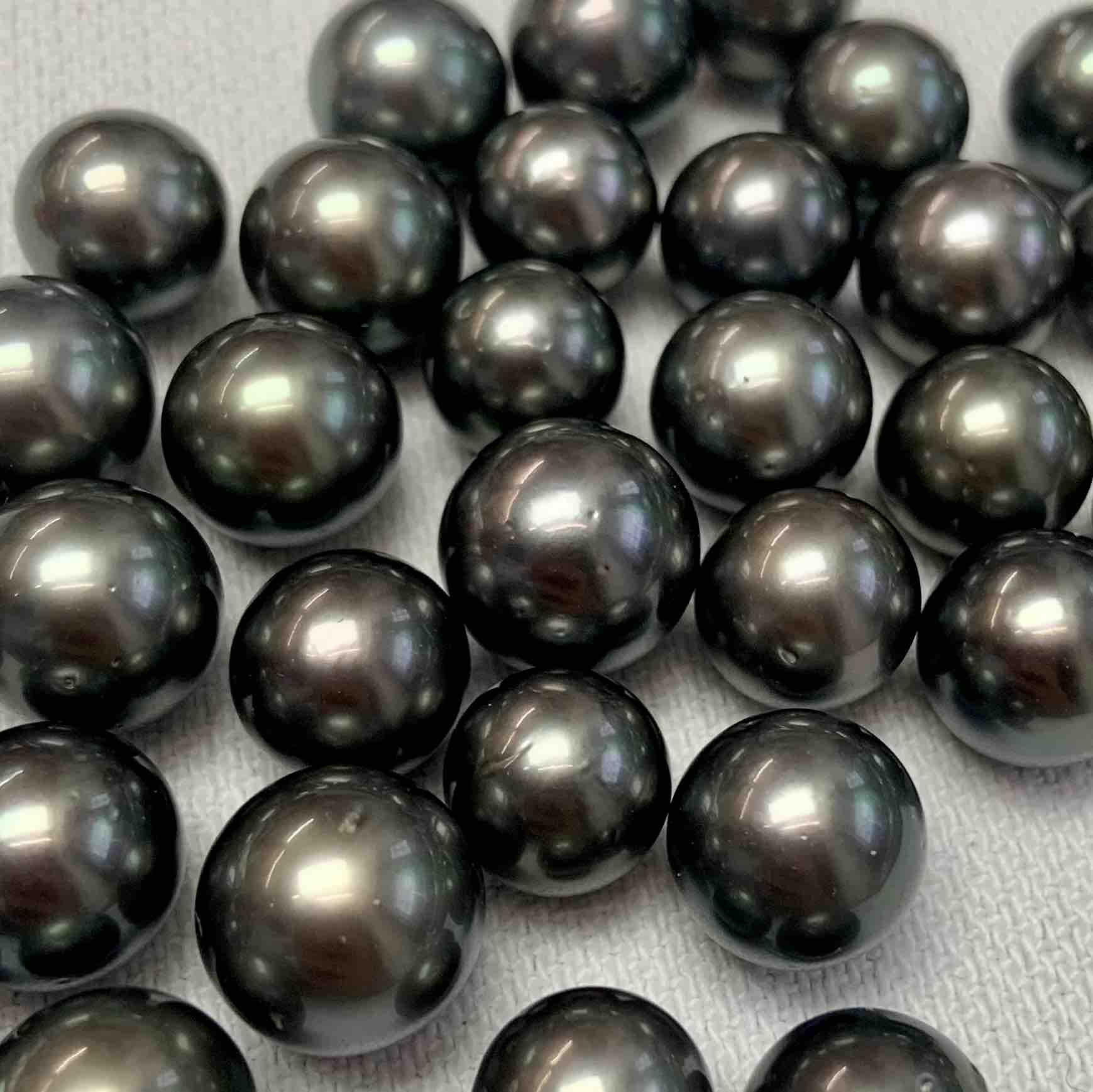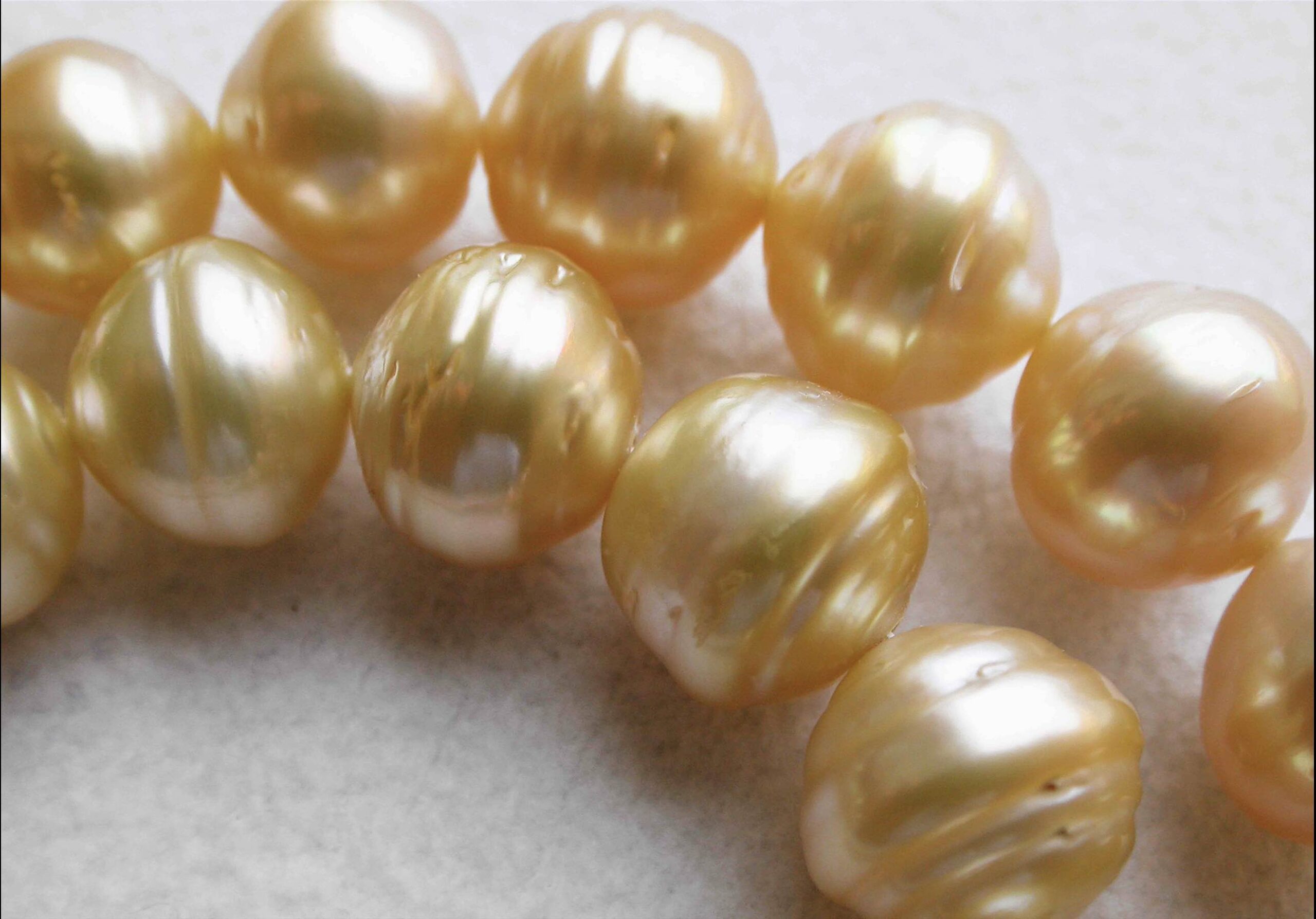The classification of cultured pearls: THE SURFACE AND THE DEGREE OF CULTIVATION – part 4 and 5
This article delves into the fourth and fifth classification criteria for cultured pearls: the surface area of the pearls and the degree of cultivation.
For those who have not had the opportunity to read the previous articles of this edition, we enclose the links:
– To part 1 on the shape of cultured pearls
– To part 2 on the size of cultured pearls
– To part 3 on the brightness of pearls
THE SURFACE OF A CULTURED PEARL
A pearl presents an ideal surface when there are no imperfections of any kind. We list the most common surface defects below.
However, let us remember that not all imperfections are to be considered a defect to be avoided but they can also be something characteristic of the jewel and which can highlight a certain shape.

Very small defects can be the presence of dots on the surface of the pearl, which can be colorless or black.
They look like dots made with an awl. The more they are and the bigger they are, the more marked the defect is.

More marked defects are instead the presence of lines or wrinkles on the surface of the pearl. Sometimes there are also real pearl protrusions.
Another essential element is the position of the surface defects if the defects are concentrated on a small part of the pearl these are very often negligible as they are difficult to see once the jewel is worn.
Technically, the presence of defects is classified according to the % of the marked surface
- Absent of defects: the pearl has no surface defects and a setting that highlights it is advisable.
- Defects on 25% of the surface: defects are often negligible. The pearl is suitable for both pendant and stud earring purposes.
- Defects on 50% and 75% of the surface: surface defects start to be very marked and, unless special frames are used, the defect will be seen when worn. These pearls are often used to make necklaces where the eye falls more on the whole composition and less on the single pearl.
- Defects on the entire surface: the surface is completely marked.
THE DEGREE OF CULTIVATION
Cultivation grade is a measure of how long the pearls have been cultured. That is how many pearl layers the oyster has generated around the pearl. Usually, the longer a pearl has been cultivated, the more layers are deposited by the oyster.
A good layer of pearlescent promotes greater luminosity, greater resistance to possible shocks, and a more intense color tone.

This criterion is particularly important for baroque pearls as they have an elongated shape. The nucleus is usually positioned in one end and a high layer of pearlescent favors the creation of a harmonic shape and where the nucleus has a lesser note.
This element is one of the key factors that, in our opinion, allows cultured pearls to have a competitive advantage over imitation pearls as it creates a unique depth of color.
In the next article we will analyze the natural color of cultured pearls, stay tuned!











Lascia un commento